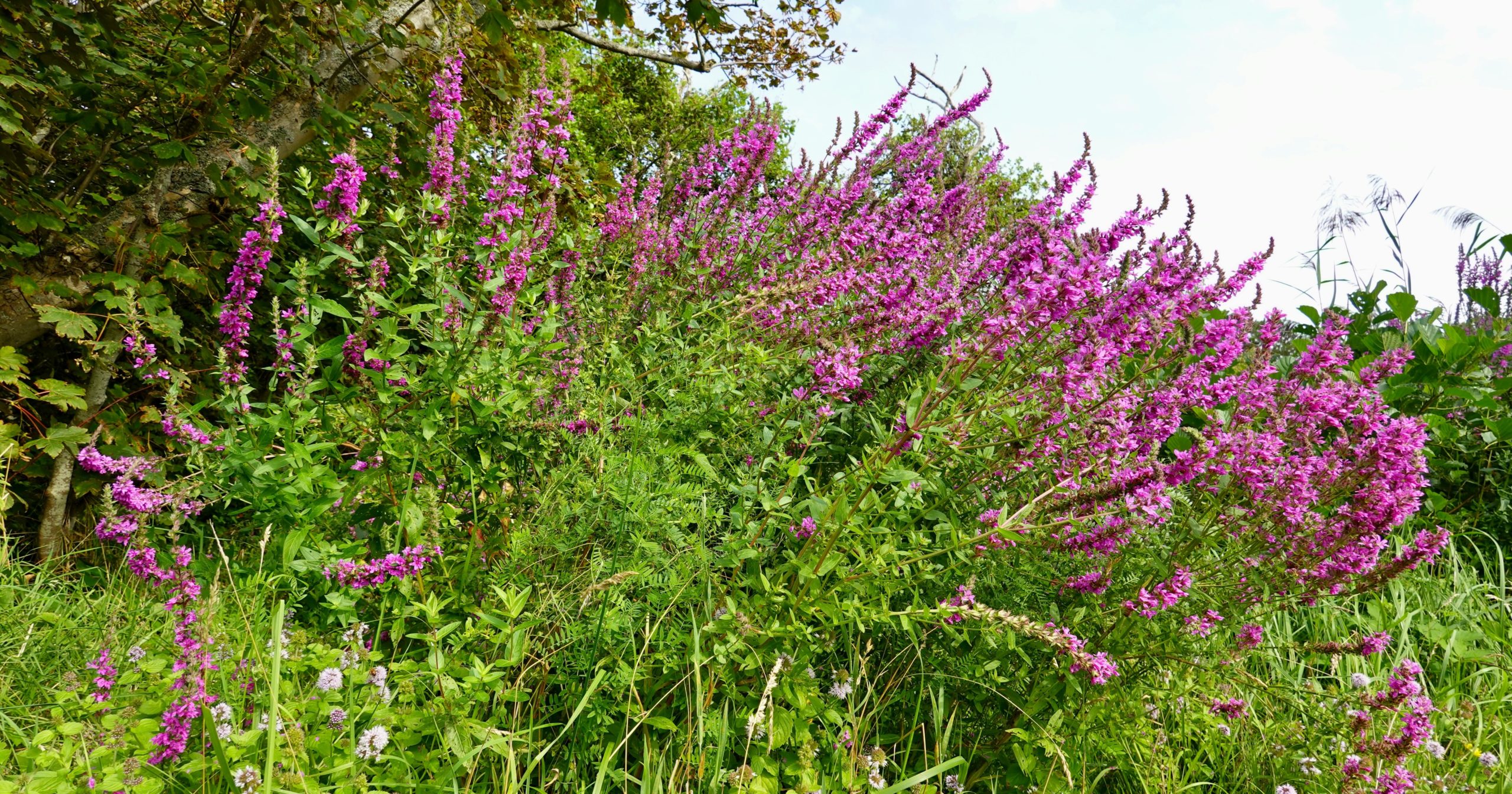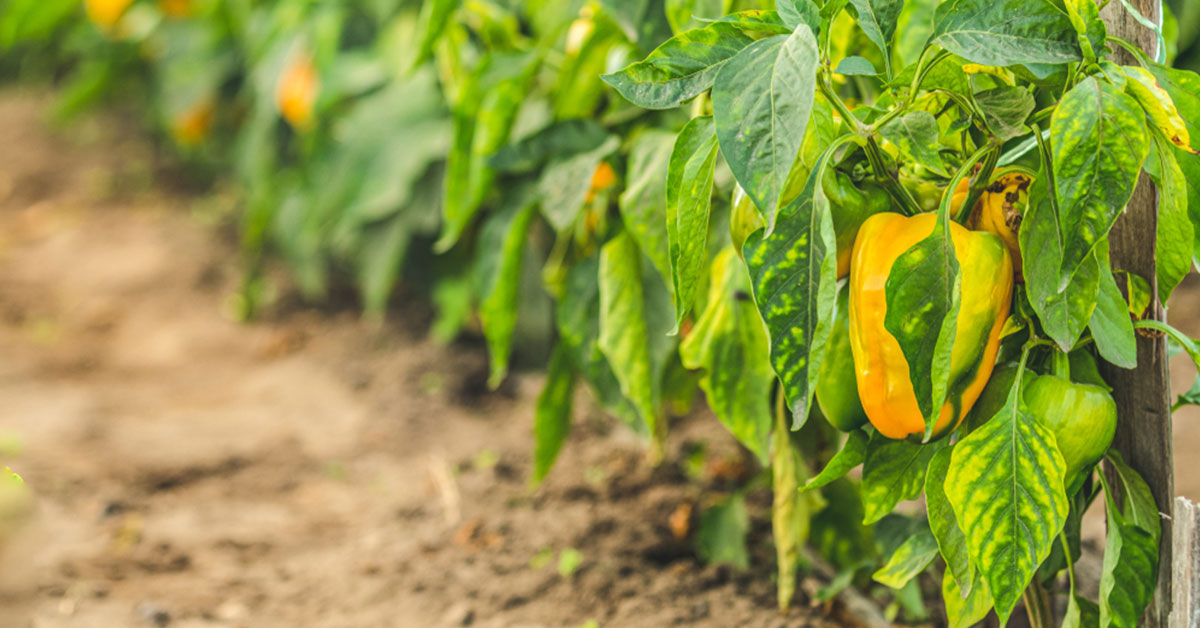As a passionate gardener, I’m always on the lookout for beautiful and unique plants to add to my garden. However, it’s crucial to be mindful of the plants we choose, especially non-native species that can become invasive and disrupt local ecosystems. While these plants might look attractive and be readily available at garden centers, their aggressive growth can cause significant problems!
In this article, we’ll talk about ten non-native plants that you should avoid planting in your garden. These plants can quickly take over and outcompete native species, leading to a loss of biodiversity. Let’s dive into these troublesome plants and explore why they should be left out of your garden plans!
English Ivy

English ivy is a common sight in garden centers due to its lush, evergreen foliage and ability to cover walls and fences. However, this plant is incredibly invasive and can quickly take over gardens and natural areas. English ivy grows rapidly, smothering native plants and trees, which can lead to a decline in biodiversity.
To make matters worse, English ivy can climb and strangle trees, weakening them and making them more susceptible to pests and diseases. Its dense growth also provides a perfect habitat for rodents. While it may look charming, English ivy is best avoided to prevent it from becoming a garden menace.
Japanese Knotweed

Japanese knotweed is notorious for its aggressive growth and ability to cause severe damage to property. This plant spreads rapidly through its extensive root system, which can penetrate foundations, walls, and pavements. It’s incredibly difficult to eradicate once established, making it a nightmare for gardeners.
In addition to its physical damage, Japanese knotweed outcompetes native plants for resources, leading to a significant loss of biodiversity. Its dense growth can also increase the risk of flooding by clogging waterways. Avoid planting Japanese knotweed at all costs to save yourself and your garden from endless headaches!
Purple Loosestrife

Purple loosestrife is often sold for its striking spikes of purple flowers, but don’t let its beauty fool you! This plant is highly invasive and can quickly take over wetlands, marshes, and other moist areas. Purple loosestrife spreads rapidly through seeds and root fragments, displacing native vegetation and disrupting local ecosystems.
Once established, purple loosestrife forms dense stands that are difficult to remove. Its presence can lead to a decline in native plant and animal species that depend on wetland habitats. Despite its appealing appearance, purple loosestrife is a plant to avoid if you want to protect your local environment.
Kudzu
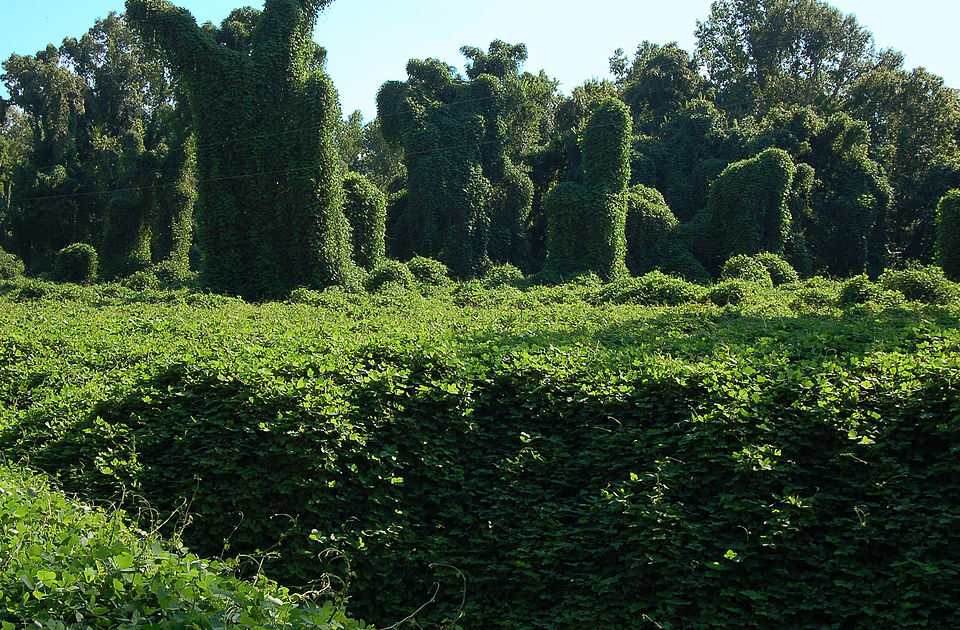
Kudzu, often referred to as “the vine that ate the South,” is infamous for its rapid growth and ability to cover entire landscapes. Originally introduced for erosion control, kudzu quickly escaped cultivation and became a major invasive species. It grows up to a foot per day, smothering trees, shrubs, and any other plants in its path.
Kudzu’s dense growth can kill trees by blocking sunlight and weighing down branches. Its aggressive nature makes it incredibly difficult to control once established. While it might seem like a quick solution for ground cover, planting kudzu will likely lead to more problems than it solves!
Norway Maple
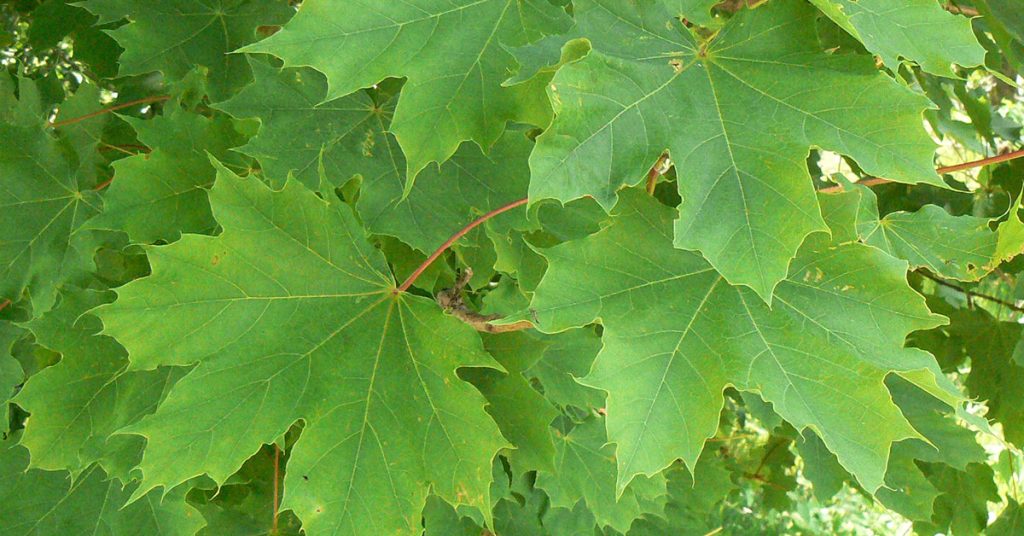
The Norway maple is a popular tree in urban landscapes due to its fast growth and dense canopy. However, this non-native tree can become invasive, especially in forested areas. Norway maple produces an abundance of seeds that can easily spread and outcompete native trees.
The dense shade cast by Norway maple can prevent sunlight from reaching the forest floor, inhibiting the growth of native understory plants. Its shallow root system also competes with other plants for nutrients and water. Opt for native tree species instead to maintain a healthy and diverse garden ecosystem.
Bamboo
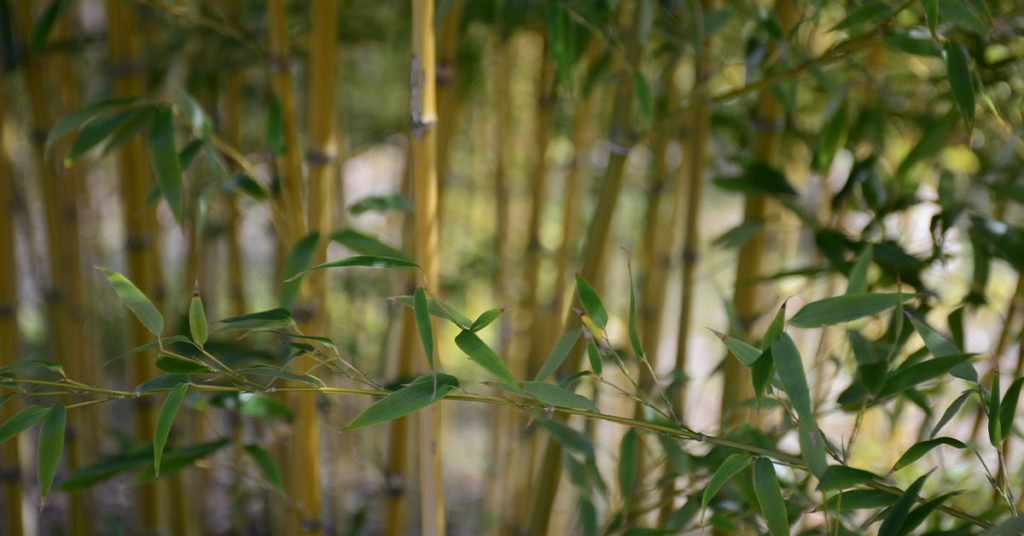
Bamboo is admired for its fast growth and exotic appearance, making it a popular choice for creating privacy screens. However, many species of bamboo are highly invasive and can quickly become a garden nightmare. Bamboo spreads through underground rhizomes, which can travel long distances and send up shoots far from the original planting.
Once established, bamboo is incredibly difficult to remove, often requiring professional help to eradicate. Its aggressive growth can damage sidewalks, foundations, and other structures. While bamboo can be beautiful, it’s best to choose non-invasive varieties or avoid it altogether to prevent future headaches!
Chinese Wisteria
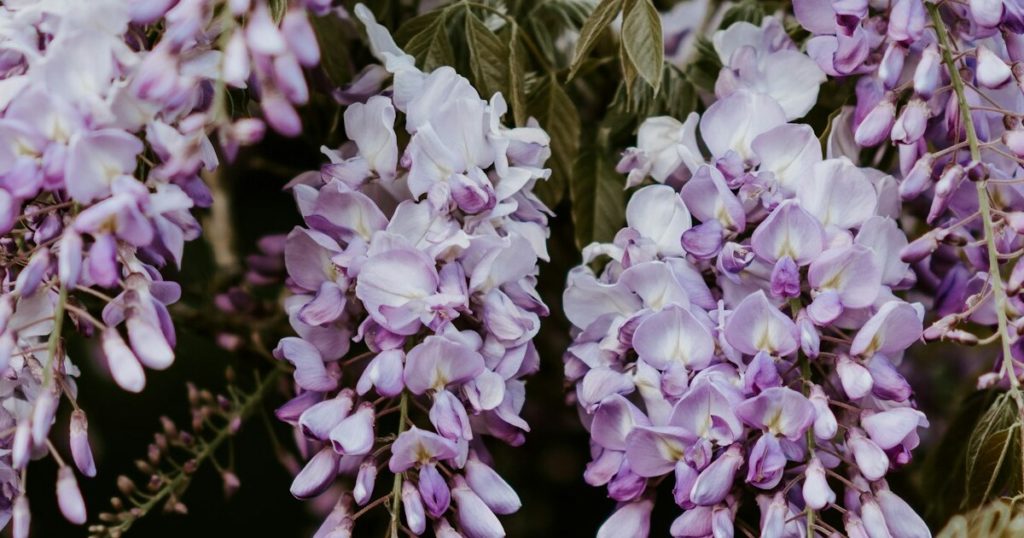
Chinese wisteria is loved for its cascading clusters of fragrant, purple flowers. However, this vine is highly invasive and can cause significant damage to structures and native vegetation. Chinese wisteria grows rapidly, twisting around trees and buildings, and can strangle and break branches with its weight.
The aggressive nature of Chinese wisteria allows it to outcompete native plants, reducing biodiversity. Its dense foliage can block sunlight, hindering the growth of plants below. Opt for native wisteria species or other flowering vines to enjoy beautiful blooms without the invasive consequences.
Japanese Barberry
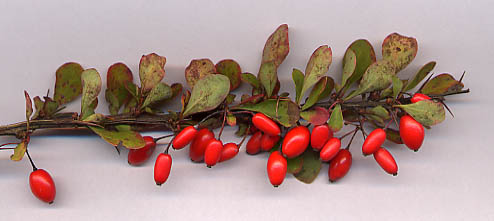
Japanese barberry is often sold for its attractive foliage and bright red berries, but it’s an invasive species that can disrupt local ecosystems. This shrub spreads rapidly through seed dispersal and vegetative reproduction, forming dense thickets that outcompete native plants.
Japanese barberry is also associated with increased populations of ticks, as its dense growth provides an ideal habitat for them. This can elevate the risk of tick-borne diseases like Lyme disease. Avoid planting Japanese barberry and consider native alternatives to support a healthy garden ecosystem.
Autumn Olive
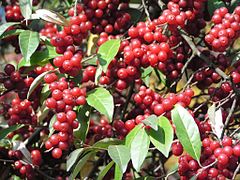
Autumn olive is a shrub that produces fragrant flowers and red berries, making it appealing to gardeners. However, this plant is highly invasive and can quickly take over open fields, forests, and disturbed areas. Autumn olive fixes nitrogen in the soil, which can alter soil chemistry and negatively impact native plant communities.
The dense growth of autumn olive can outcompete native vegetation, reducing biodiversity. Its prolific seed production ensures its spread, making it difficult to control once established. While it might be tempting for its ornamental qualities, autumn olive is best avoided to protect local ecosystems.
Yellow Archangel
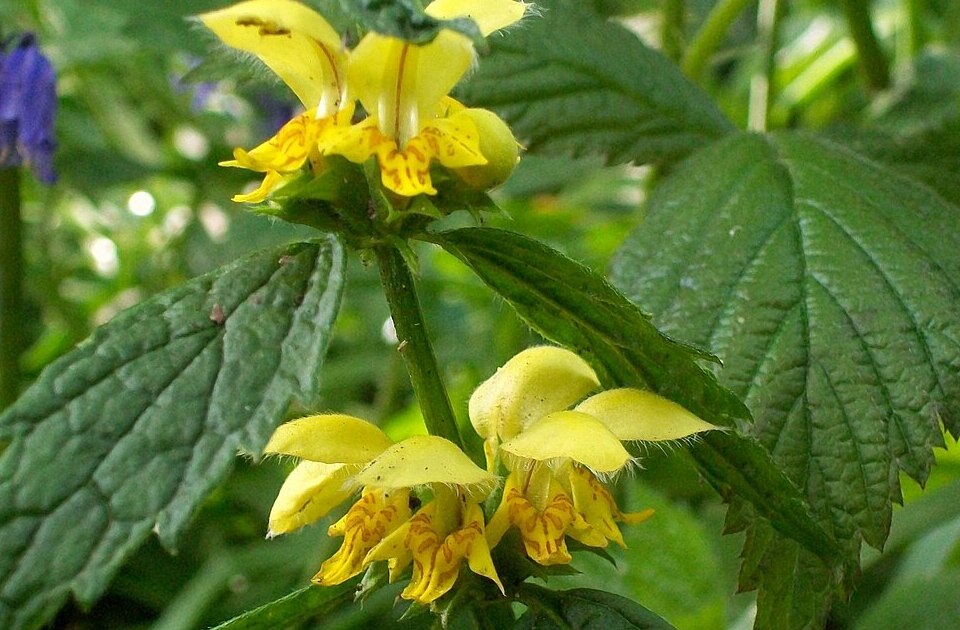
Yellow archangel is often sold as a ground cover for its attractive foliage and yellow flowers. However, this plant is highly invasive and can quickly spread, forming dense mats that smother native plants. Yellow archangel spreads through stolons and can root at nodes, making it difficult to control.
Once established, yellow archangel is challenging to eradicate and can take over large areas, outcompeting native species and reducing biodiversity. Its aggressive growth can make it a persistent problem in gardens and natural areas. Opt for non-invasive ground covers to maintain a healthy and diverse garden ecosystem.


